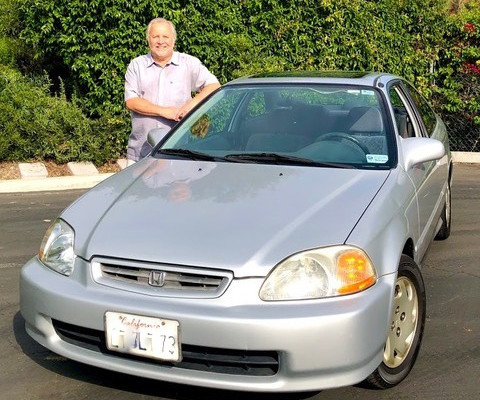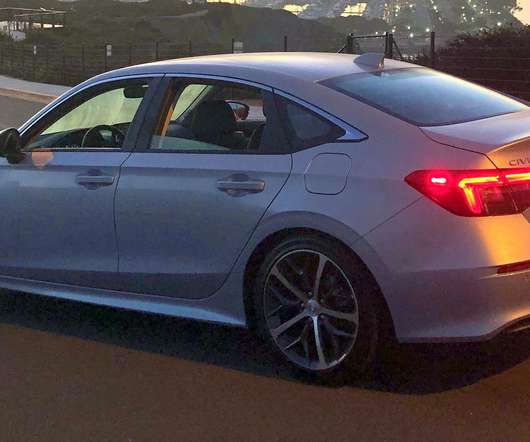California 2017 GHG inventory shows 1.2% total drop from 2016; transportation sector emissions up 1%
Green Car Congress
AUGUST 14, 2019
In 2017, emissions from GHG emitting activities statewide were 424 million metric tons of CO 2 equivalent (MMTCO 2 e), 5 MMTCO 2 e lower than 2016 levels and 7 MMTCO 2 e below the 2020 GHG Limit of 431 MMTCO 2 e. These reductions have occurred while California’s economy has continued to grow. Compared to 2016, California’s GDP grew 3.6%


































Let's personalize your content